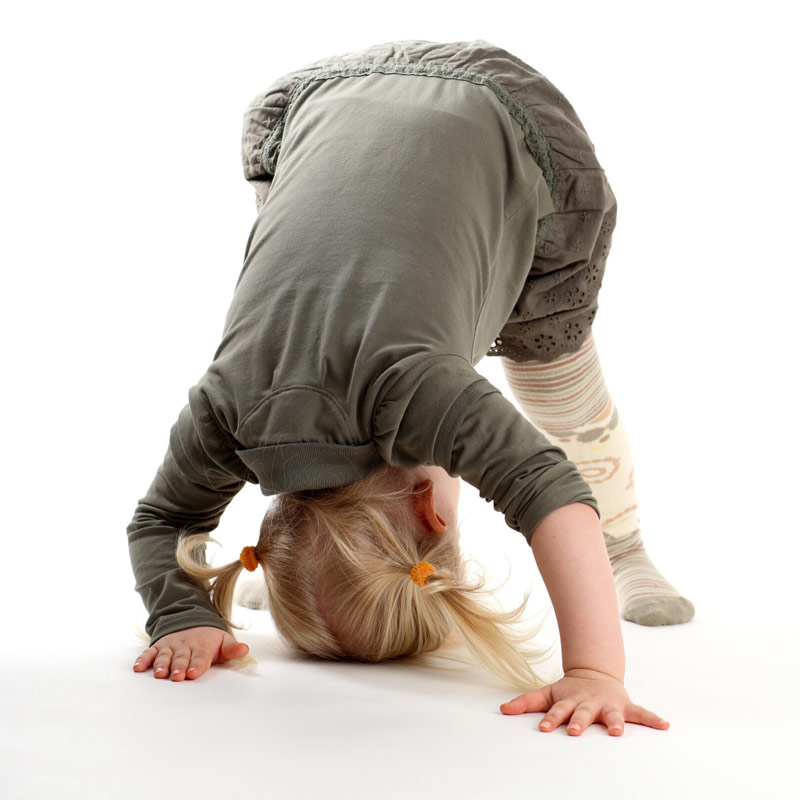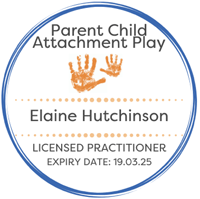What does play therapy involve?
Play therapy is usually a one-to-one sessions of 40 minutes but Elaine also works with siblings, families and groups of children.
Before starting working with a child Elaine will meet with the referrer (usually a parent, a carer or a school) to allow them to share their concerns about the child. Together they will look at the child’s history and also the child’s strengths and weaknesses, as well as any significant challenges the child has faced. Elaine may also ask permission to contact teachers or other significant adults in the child’s life.
If you decide to work together, you will sign an initial contract for 20 weekly sessions with Elaine. Towards the end of that time, you will meet with Elaine again to discuss how the therapy should progress.
Depending on the child and their individual needs, play therapy may be a short-term intervention, of 20 sessions, or a more extended intervention. Persistent or complex problems may need at least a school year, around 36 sessions.
Elaine will also meet with the child, introduce herself and the playroom, answer any questions they have and ask them to complete some assessment work - a drawing and a questionnaire.
A conversation around confidentiality and safe-guarding expectations will be had with both the referrer and, in an age-appropriate way, with the child before any therapeutic work begins.
If it has been decided that animal assisted play therapy is appropriate, Elaine will also introduce the child and their adults to Orca, her therapy dog.
Once sessions start in the play room they will be at the same time in the same place every week. Maintaining this consistency helps build the therapeutic relationship between Elaine and the child and missed sessions may disrupt the child’s therapeutic process. Arrangements for holidays and illness will be covered in the initial meeting.
It takes time to build a trusted, therapeutic relationship with a therapist, usually towards the end of the first 20 sessions, but it can take much longer if the child has had negative past experiences and finds trusting adults challenging.
What happens in a play room session?

Every child will be welcomed into the room and after that session’s introduction, will be given the opportunity to play or not as they choose. This option is always given as sometimes children may want to just talk, or maybe just be still and quiet.
The time is child-centred and child-led. Occasionally Elaine may offer a specific activity to support the child in their process, but it is always up to them if they choose to engage with it.
A range of techniques are offered in the play therapy so the child can express themselves in the ways they are most comfortable. There are lots of things to do, so a child has plenty of choice and doesn’t have to ‘do’ anything they don’t like.
Some children play with lots of different things, some children have a favourite thing to do every week. Sometimes children engage Elaine in their play, but not always.
If Orca is in the room, she is sometimes talked to or played with and sometimes petted or ignored. All of a child’s approaches to play are perfectly fine as long as everyone and everything is safe. Boundaries are only put in place if they are needed.
Some techniques a child may engage with in the playroom include:
- Sand tray play
- Small world play (the use of miniatures)
- Clay work
- Art, including painting, drawing and construction art
- Dance and movement
- Music
- Therapeutic storytelling
- Creative visualisation
- Puppets
- Role play and dressing up
- Construction – Lego, Duplo etc.
If a child has specific additional physical or learning needs these can be accommodated and the techniques in the playroom can be tailored to their needs, for example, a child with hypersensitive hearing may not wish to have musical instruments in the room.
Equally if a child is likely to be triggered by any techniques or environmental conditions, Elaine can support them by adapting the techniques or environment to help.






